Japanese food (Page 22)
This time on the menu – octopus sushi bowl, flower-shaped eggs, and an “ice cube” tofu dessert!
The tiny details and awesome, original extras take these three-tiered meals out of the traditional world and to a galaxy far, far away.
You’ll definitely want to give these paw-shaped fish cakes a squish before you bite into them!
Complete with a touch panel ordering system, unusual menu items, and jet take-off sounds, this new restaurant is set to change the way we enjoy grilled meat forever!
Eating over 100 bowls of ramen in Japan in less than 6 months has turned Fanny Chu into a ramen connoisseur.
The poster explaining the reason for the closure of the family-run business is breaking hearts around the internet.
If you think your stomach can handle the element of surprise, you may want to try IKEA’s new ninja hotdog – and, yes, it is very black.
Bring the crazy spirit of Harajuku fashion culture to your wardrobe by adding a giant slice of raw fish to your outfit.
Sometimes there are restaurants you want to keep a secret all to yourself, and this is definitely one of them.

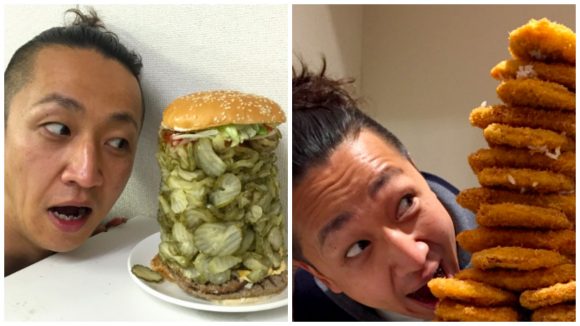
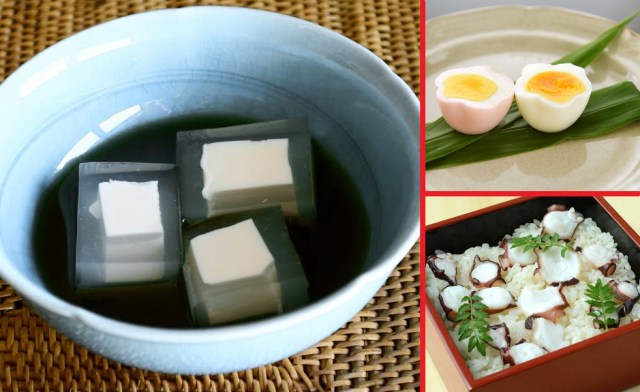
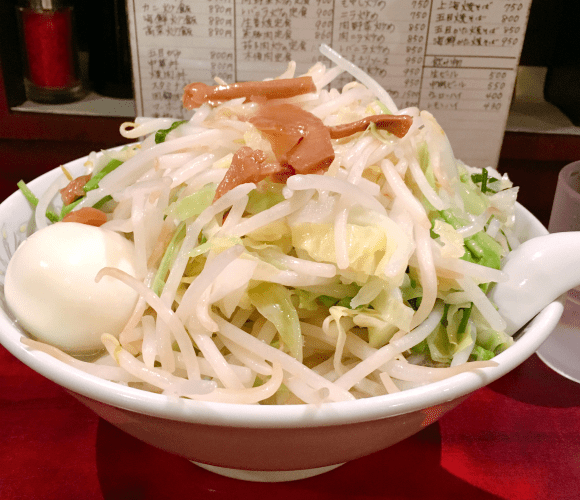
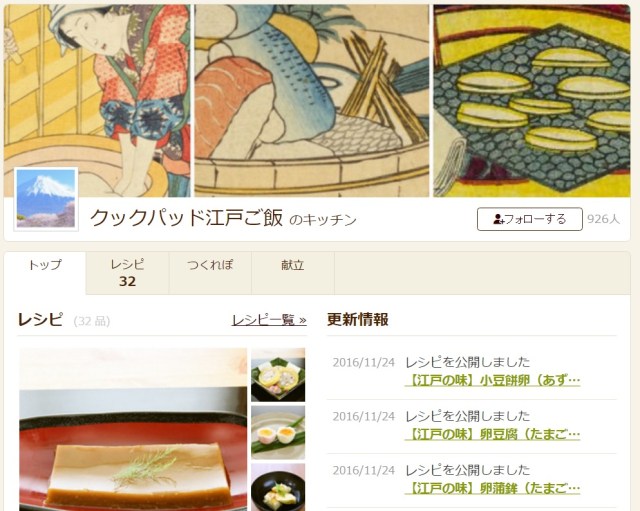
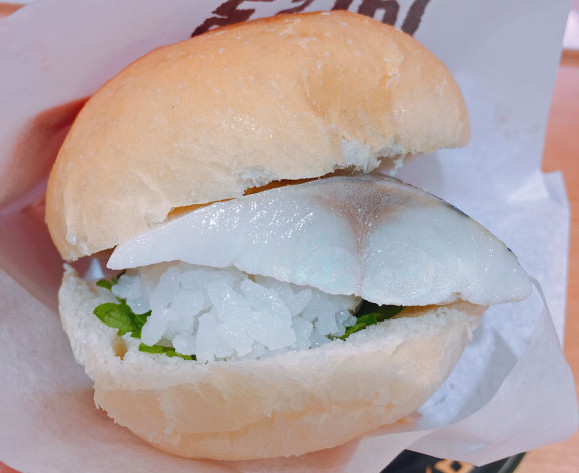
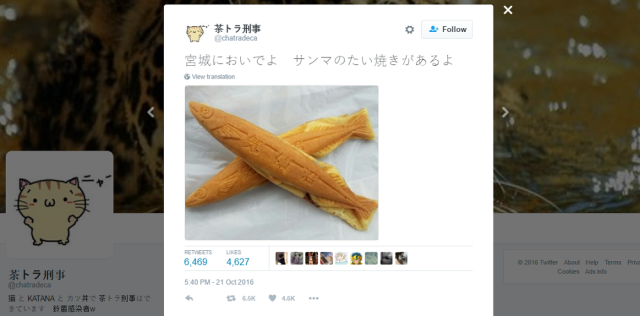

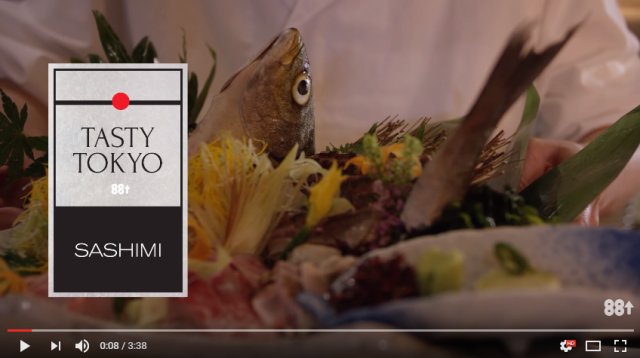
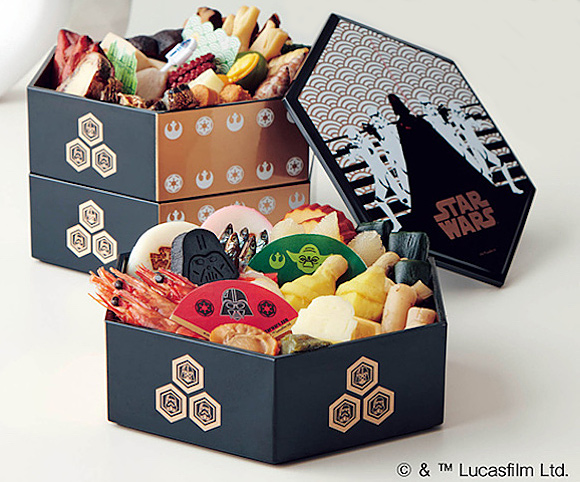
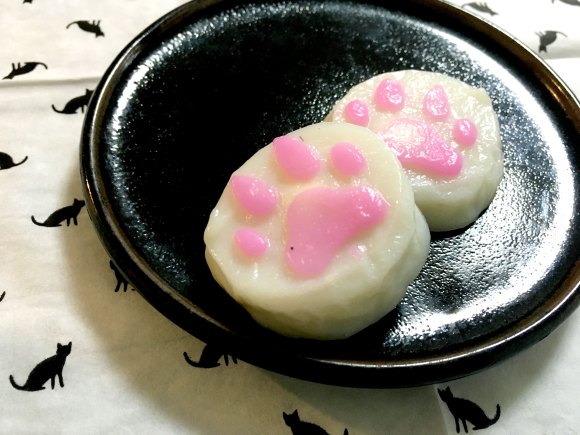
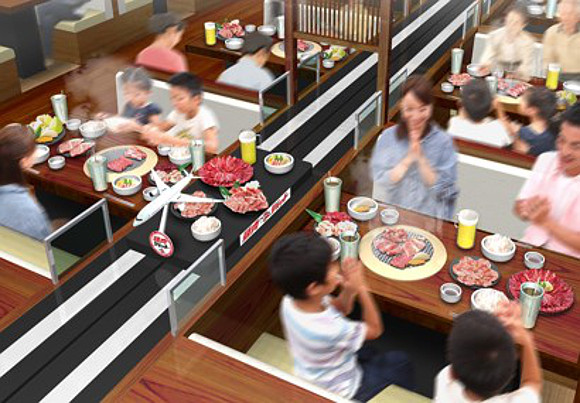
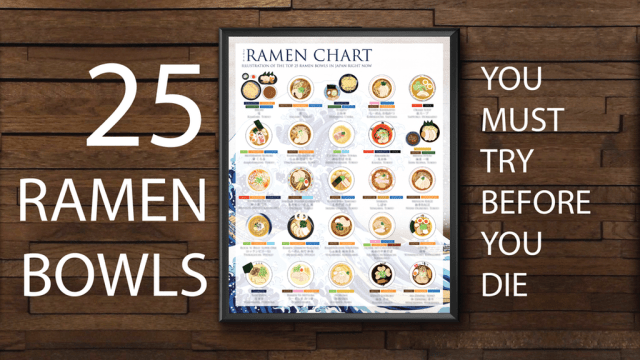

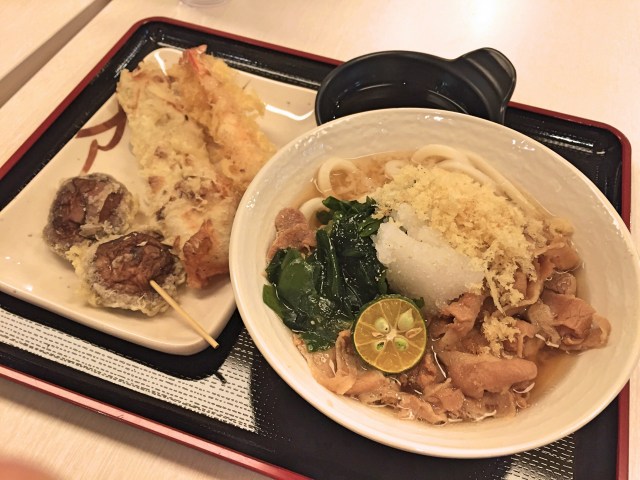

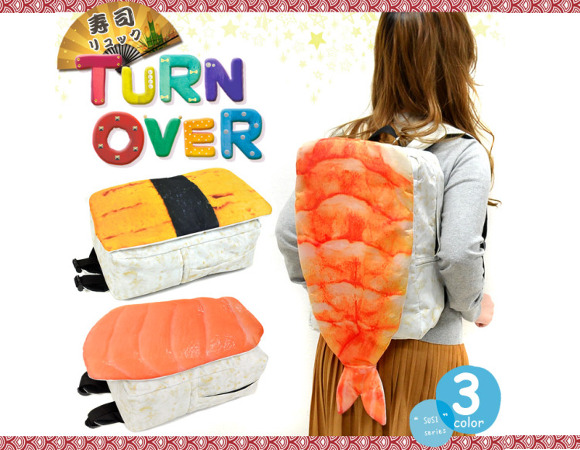
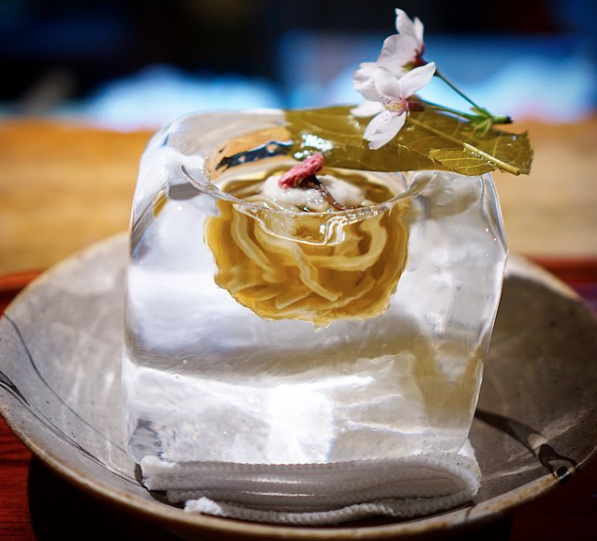
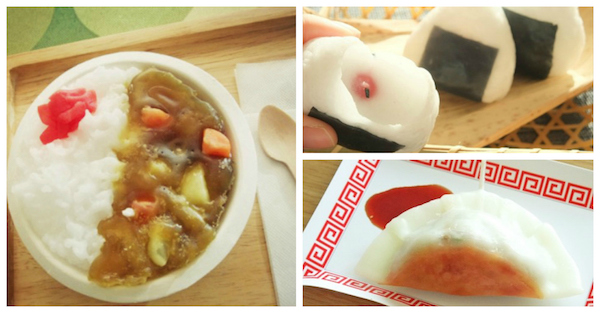
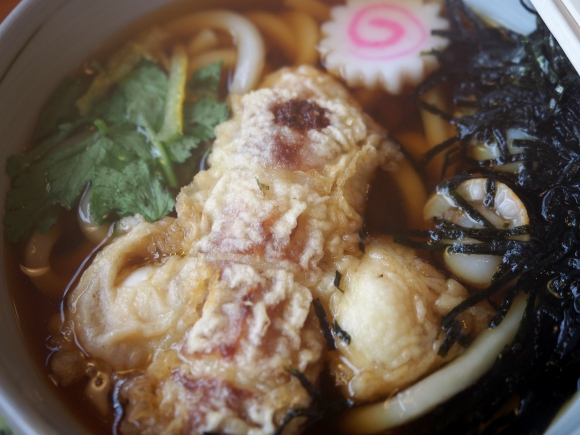
 More Than a Capsule Stay: Why Solo Travelers Choose “global cabin Yokohama Chinatown”
More Than a Capsule Stay: Why Solo Travelers Choose “global cabin Yokohama Chinatown” 7-Eleven Japan’s ramen-cooking robot whipped us up a bowl of noodles【Taste test】
7-Eleven Japan’s ramen-cooking robot whipped us up a bowl of noodles【Taste test】 Hello Kitty Choco Egg figures are an adorable trip through three periods of Japanese pop culture【Pics】
Hello Kitty Choco Egg figures are an adorable trip through three periods of Japanese pop culture【Pics】 Disillusionment at Tsukiji’s tourist-target prices led us to a great ramen restaurant in Tokyo
Disillusionment at Tsukiji’s tourist-target prices led us to a great ramen restaurant in Tokyo Cyberpunk anime meets traditional culture in Ghost in the Shell gold leaf Japanese changing screens
Cyberpunk anime meets traditional culture in Ghost in the Shell gold leaf Japanese changing screens 7 great places to see Mt. Fuji from without having to climb it
7 great places to see Mt. Fuji from without having to climb it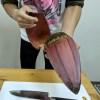 Mr. Sato eats banana flower, still isn’t sure what it tastes like, loves it anyway【SoraKitchen】
Mr. Sato eats banana flower, still isn’t sure what it tastes like, loves it anyway【SoraKitchen】 New bright blue salad dressing now available, promises Instagram-worthy restaurant dishes
New bright blue salad dressing now available, promises Instagram-worthy restaurant dishes Ramen lovers continue to eat noodles as restaurant goes up in flames around them【Video】
Ramen lovers continue to eat noodles as restaurant goes up in flames around them【Video】 Japan’s Self-Defense Forces take “radio calisthenics” to an interesting new level
Japan’s Self-Defense Forces take “radio calisthenics” to an interesting new level Japan may add Japanese language proficiency, lifestyle classes to permanent foreign resident requirements
Japan may add Japanese language proficiency, lifestyle classes to permanent foreign resident requirements Lacquerware supplier to emperor of Japan and Pokémon team up for new tableware
Lacquerware supplier to emperor of Japan and Pokémon team up for new tableware Starbucks Japan releases new zodiac chilled cup drink for 2026
Starbucks Japan releases new zodiac chilled cup drink for 2026 7-Eleven Japan starts new temporary luggage storage service in over 300 branches
7-Eleven Japan starts new temporary luggage storage service in over 300 branches Starbucks on a Shinkansen bullet train platform: 6 tips for using the automated store in Japan
Starbucks on a Shinkansen bullet train platform: 6 tips for using the automated store in Japan Large amount of supposed human organs left in Osaka marketplace
Large amount of supposed human organs left in Osaka marketplace Japan’s otoshidama tradition of giving kids money at New Year’s gets a social welfare upgrade
Japan’s otoshidama tradition of giving kids money at New Year’s gets a social welfare upgrade A Japanese dating app matched our bachelorette with a Buddhist monk, and she learned some things
A Japanese dating app matched our bachelorette with a Buddhist monk, and she learned some things Japan’s human washing machines will go on sale to general public, demos to be held in Tokyo
Japan’s human washing machines will go on sale to general public, demos to be held in Tokyo Japanese train company is letting fans buy its actual ticket gates for their homes
Japanese train company is letting fans buy its actual ticket gates for their homes Starbucks teams up with 166-year-old Kyoto doll maker for Year of the Horse decorations【Photos】
Starbucks teams up with 166-year-old Kyoto doll maker for Year of the Horse decorations【Photos】 Tokyo considering law requiring more trash cans following litter increase in heavily touristed area
Tokyo considering law requiring more trash cans following litter increase in heavily touristed area Tokyo’s Tsukiji sushi neighborhood asks tour groups to stay away for the rest of the month
Tokyo’s Tsukiji sushi neighborhood asks tour groups to stay away for the rest of the month Nintendo’s Kirby now delivering orders at Kura Sushi restaurants, but not in Japan
Nintendo’s Kirby now delivering orders at Kura Sushi restaurants, but not in Japan Tokyo event lets you travel back in time, for free, to celebrate 100 years since Showa era start
Tokyo event lets you travel back in time, for free, to celebrate 100 years since Showa era start Sanrio theme park in Japan announces plans to expand into a Sanrio resort
Sanrio theme park in Japan announces plans to expand into a Sanrio resort Survey asks foreign tourists what bothered them in Japan, more than half gave same answer
Survey asks foreign tourists what bothered them in Japan, more than half gave same answer Japan’s deadliest food claims more victims, but why do people keep eating it for New Year’s?
Japan’s deadliest food claims more victims, but why do people keep eating it for New Year’s? We deeply regret going into this tunnel on our walk in the mountains of Japan
We deeply regret going into this tunnel on our walk in the mountains of Japan Studio Ghibli releases Kodama forest spirits from Princess Mononoke to light up your home
Studio Ghibli releases Kodama forest spirits from Princess Mononoke to light up your home Major Japanese hotel chain says reservations via overseas booking sites may not be valid
Major Japanese hotel chain says reservations via overseas booking sites may not be valid Put sesame oil in your coffee? Japanese maker says it’s the best way to start your day【Taste test】
Put sesame oil in your coffee? Japanese maker says it’s the best way to start your day【Taste test】 The top 10 annoying foreign tourist behaviors on trains, as chosen by Japanese people【Survey】
The top 10 annoying foreign tourist behaviors on trains, as chosen by Japanese people【Survey】 No more using real katana for tourism activities, Japan’s National Police Agency says
No more using real katana for tourism activities, Japan’s National Police Agency says Starbucks Japan reveals new sakura drinkware collection, inspired by evening cherry blossoms
Starbucks Japan reveals new sakura drinkware collection, inspired by evening cherry blossoms 7 great places to see Mt. Fuji from without having to climb it
7 great places to see Mt. Fuji from without having to climb it Mr. Sato eats banana flower, still isn’t sure what it tastes like, loves it anyway【SoraKitchen】
Mr. Sato eats banana flower, still isn’t sure what it tastes like, loves it anyway【SoraKitchen】 New bright blue salad dressing now available, promises Instagram-worthy restaurant dishes
New bright blue salad dressing now available, promises Instagram-worthy restaurant dishes Ramen lovers continue to eat noodles as restaurant goes up in flames around them【Video】
Ramen lovers continue to eat noodles as restaurant goes up in flames around them【Video】 Japan’s Self-Defense Forces take “radio calisthenics” to an interesting new level
Japan’s Self-Defense Forces take “radio calisthenics” to an interesting new level Lacquerware supplier to emperor of Japan and Pokémon team up for new tableware
Lacquerware supplier to emperor of Japan and Pokémon team up for new tableware Flex and pose your way to fitness with the JoJo’s Bizarre Adventure exercise program!【Video】
Flex and pose your way to fitness with the JoJo’s Bizarre Adventure exercise program!【Video】 Illustrations show how Japanese makeup trends changed in the last 25 years, and what’s coming next
Illustrations show how Japanese makeup trends changed in the last 25 years, and what’s coming next Starbucks Japan releases new zodiac chilled cup drink for 2026
Starbucks Japan releases new zodiac chilled cup drink for 2026 We take a ride on Seibu Railway’s futuristic luxury liner: the Limited Express Laview
We take a ride on Seibu Railway’s futuristic luxury liner: the Limited Express Laview TRANSFORM! And write while you’re at it, too — with these cool shape-shifting Transformers pens!
TRANSFORM! And write while you’re at it, too — with these cool shape-shifting Transformers pens! Can a dirty butthole make you filthy rich in Japan? We’re starting a New Year’s lottery experiment
Can a dirty butthole make you filthy rich in Japan? We’re starting a New Year’s lottery experiment Kyoto’s most beautiful parfait cafes add sakura sweets for spring
Kyoto’s most beautiful parfait cafes add sakura sweets for spring Daughter of Osamu Tezuka, God of Manga, discovers his stash of hand-drawn sexy mouse artwork
Daughter of Osamu Tezuka, God of Manga, discovers his stash of hand-drawn sexy mouse artwork